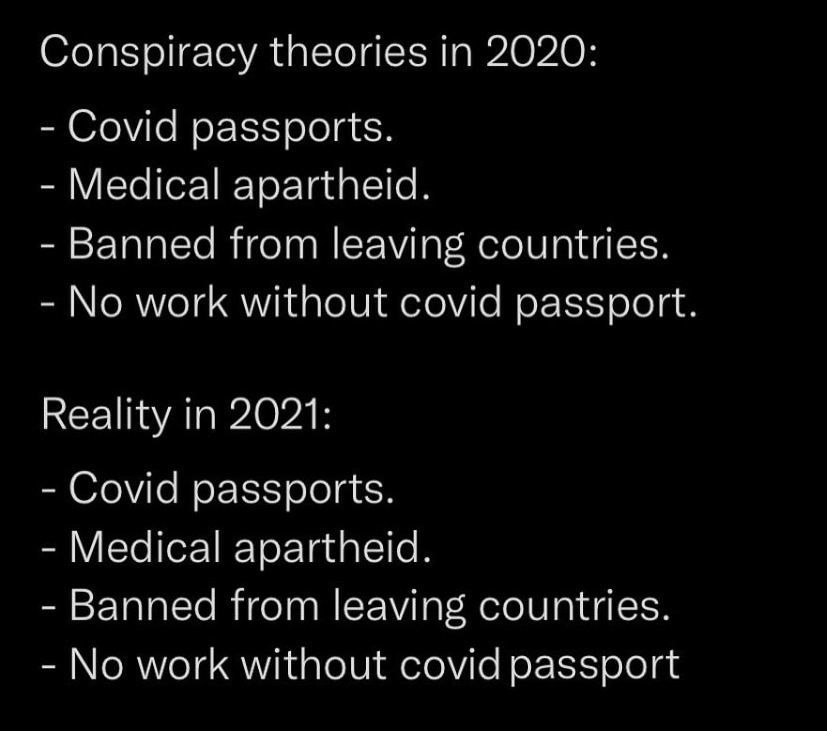When one writes an article entitled “National Divorce is Expensive: But It’s Worth Every Penny,” he is not exactly shying away from controversy.
A recent piece by that title, penned by my friend and self-described “political warfare” specialist David Reaboi makes the straightforward argument for the dissolution of the United States as currently constructed. It’s obviously a bold proposition, and most of Reaboi’s colleagues on the Right do not subscribe to it (though a recent survey by the respected University of Virginia Center for Politics showed 52 percent of Trump voters and 41 percent of Biden voters supporting a blue or red state secession.) But it is clear that momentum for a national divorce, which has been dubbed Rexit (for Red State exit) in some quarters, is growing even on the mainstream Right.
Reaboi’s argument didn’t sit well with a number of folks, however, most notably New York Magazine veteran political columnist Ed Kilgore, who came up with a response so revealingly awful that it ends up saying more about our current political moment than it does about Reaboi’s argument. Entitled “No We Can’t Get a National Divorce,” it is a remarkable piece of invective that shows just how radical even the most establishment center-left Democrats have become.
I should begin at the outset by making it clear that I have not gone full Reaboi on the national divorce question. I am doing my best to encourage political scenarios in which the sort of radical split he envisions is not necessary. I do, however, share Reaboi’s assessment of the dire straits we are in and his extreme skepticism of the Left’s ability to reform itself.
But a national divorce is likely to be extraordinarily messy (at best) and there may be many other structures (e.g. fundamental changes to our federal structure, much more forceful and widespread use of the 10th Amendment, or aggressive dismantling of the administrative state by a strong and determined GOP president) that we should pursue as aggressively as possible before seriously considering disunion.
For Kilgore, however, there is no place for policy compromise or constructive discussion. A former communications director for Democratic Senator Sam Nunn, policy director at the Clinton-aligned Democratic Leadership Council, and a long-time writer and columnist for left-wing establishment organs from The New Republic to Washington Monthly to New York Magazine, Kilgore is the apotheosis of an establishment pundit—and he is filled with the rage that animates today’s left-wing establishment. As he writes:
More broadly, the MAGA movement resembles the proto-Confederates in that it bears a powerful sense of loss—that in Trump it had its big chance to Make America Great Again but was robbed of victory by tyrants who will now flood the land with the votes of swarthy immigrants and destroy American enterprise with a socialist administrative state.
The most immediate argument in response to this (tongue only somewhat in cheek) is to ask Kilgore if he has ever seen David Reaboi, who is about as swarthy as one can be while still ticking the Caucasian box on the census form. More seriously, one might ask whether Kilgore seriously denies the overwhelming power (totally unmoored by constitutional scruples) of the administrative state.
Kilgore continues:
I would feel much safer in a progressive nation that didn’t arm its citizens to the teeth, didn’t view other nations as ‘shitholes’ full of subhuman orcs to be subdued, and didn’t accept calamitous climate change as just the price of doing business.
This is both a remarkable bit of propaganda and a stark misreading of the pro-Rexit Right. While almost all on the Right celebrate their right to keep and bear arms, I cannot recall any of them referring, at least in my hearing, to other nations as full of “subhuman orcs” or anything remotely similar to that allegation. True, many are not exactly enthusiastic for open borders or the Left’s multicultural madness, but most of the pro-Rexit Right is actually far more skeptical of imperialism than the neoconservatives and neoliberals who dominate the establishment of both parties.
As for climate change, as someone who has worked on climate policy for more than 15 years and published respected papers in peer reviewed journals, I am amused to find that the Right’s totally understandable skepticism of the Left’s intellectually incoherent climate policy agenda is somehow a disqualifying failing.
Kilgore continues in the full flower of self-righteous moral imperialism:
But how could I happily accept the accelerated subjugation of women and people of color in a new, adjacent Red America, any more than abolitionists could accept the continuation and expansion of the slavery they hated?
First, Ed, any time you’re comparing any contemporary issue to the moral evil of owning another human being, take a break, put down your computer keyboard, and take a walk.
In fact, other than the fact of a political separation (something Americans did in 1776, not just 1861) the Rexit agenda bears little resemblance to that of the Civil War-era South.
And as for the alleged subjugation of women and people of color in a post-Rexit America—does Kilgore think that the evil Trumpist white men propose to keep women and people of color in bondage? I’m sure the open borders enthusiasts of Blue America would welcome anti-Trump refugees with with open arms, but given that Trump took almost half of the votes of women, there might be fewer gender refugees than Kilgore expects. Nor would the almost 30 percent or so of minority voters who voted for Trump be likely to run for the border.
Such pesky facts cannot divert Kilgore when he is on a roll:
Would it really be safe to live near a carbon-mad country in which the denial of climate change was an article of faith? And could I ever trust that a ‘neighbor’ whose leadership and citizens believed their policies reflected the unchanging ancient will of the Almighty would leave our fences intact?
I don’t know if Kilgore actually understands how our climate works, but as a climate guy, let me assure you that climate change is global. Even if he assumes that we don’t care about climate policy, he wouldn’t be any more or less affected by our behavior by living next door to us than he would be living on the other side of the world. And as for the unchanging will of the Almighty, Biden took 2/3 of the votes of non-white evangelicals, as well as overwhelming majorities of non-Christians who aren’t really any less “fundamentalist” on average than Christians. Does Kilgore think that the 85 percent of Muslims who voted for Biden are somehow immune to religious extremism? But maybe it’s just white Christians—or white people in general, who really bother Kilgore. And as for fences, The Rexit Right wants to build the wall, not breach it.
But it is toward the end of the article, Kilgore truly lets his mask down:
“So I say to the would-be secessionists: Please don’t go. And if it’s somehow in my power, I won’t let you go.” [emphasis in the original]
In this, we see in the purest sense, the psychology of the domestic abuser, the perfect encapsulation of the Left’s mania that has folks like Reaboi pleading for his right-wing compatriots to head for the exits.
Kilgore’s statement is the political equivalent of, “Your honor, she made me beat her because she was threatening to leave.”
What a perfect encapsulation of our political situation in 2021: the Right as the battered American spouse and the Left as the shameless, arrogant, and unrepentant abuser punching us and throwing us against the wall while simultaneously telling us that it’s only because they love us, and what did we expect them to do?
Let’s hope that cooler and wiser heads than Kilgore’s prevail on the Left so that they can get the marriage counseling they so desperately need, if they really want this marriage to be saved.














